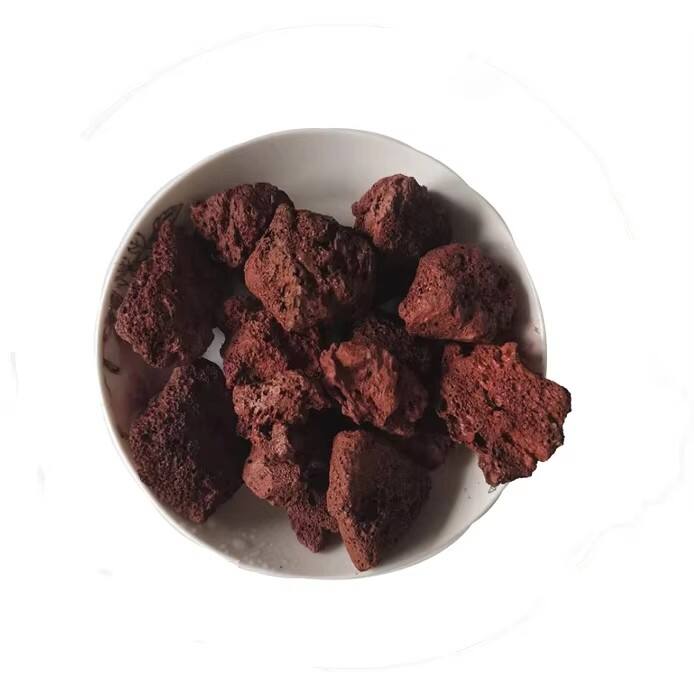lithiumion battery iron oxide material
Lithium-ion battery iron oxide material represents a significant advancement in energy storage technology, combining superior performance with enhanced stability. This innovative material serves as a crucial component in modern battery systems, particularly in the cathode structure. The iron oxide material features a unique crystalline structure that facilitates efficient lithium-ion transport while maintaining structural integrity during charge-discharge cycles. Its primary function involves storing and releasing lithium ions during battery operation, contributing to the overall energy density and cycle life of the battery. The material's composition typically includes carefully engineered iron oxide compounds, often doped with additional elements to enhance specific performance characteristics. In terms of technological features, the iron oxide material demonstrates exceptional thermal stability, reduced environmental impact, and improved safety characteristics compared to traditional cathode materials. These properties make it particularly suitable for applications ranging from consumer electronics to electric vehicles and grid-scale energy storage systems. The material's manufacturing process incorporates advanced synthesis methods that ensure consistent particle size distribution and optimal surface area, factors crucial for battery performance. Its implementation has led to significant improvements in battery capacity retention and operational lifespan, while simultaneously reducing production costs compared to alternative cathode materials.


